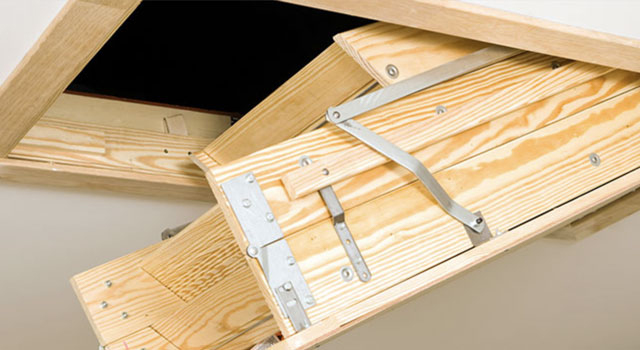If you’re considering a roof replacement before the winter hits, you may also want to think about the air in your attic (there are several common attic venting options). Properly venting your attic can help ward off ice dams that are so common in our region.
It’s a little backwards, but in the winter you want your attic temperature to be as close as possible to the outside temperature – even though you’ll want the inside of your home nice and toasty. Keeping your attic chilly can help prevent warm air from melting the snow on your roof, which is what causes ice dams to form.
Don’t know what an ice dam is? Read about what they are and what to do once one has formed.
A well-vented attic may provide some benefit in the warm months, but it’s probably negligible. According to the National Roofing Contractors Association, research indicates ventilation has less effect on average roof surface temperature than the facing direction of a roof or the roofing material color.
There are several common attic venting options – here are just some:
Box vents
These are installed over a hole cut in your roof and have no moving parts (they rely on natural air movement). Your roofer should be able to determine how many you’ll need to make them effective.
Wind turbines
You may sometimes hear these referred to as whirlybirds. While these units spin, they don’t have motors and rely on the wind to spin around. That motion draws air and moisture out from the attic.
Ridgeline vents
These vents have no moving parts and are installed on the peak of the roof. Think of laying a book over the peak of your roofline. The top is vented (while being protected from weather) and the vents draw air in from the soffits.
A properly licensed, professional roofer should be able to advise you on the best options for venting your roof and how to keep the ventilation in balance (the options will change based on the design of your house).
Click here for more information about insurance in your state.

